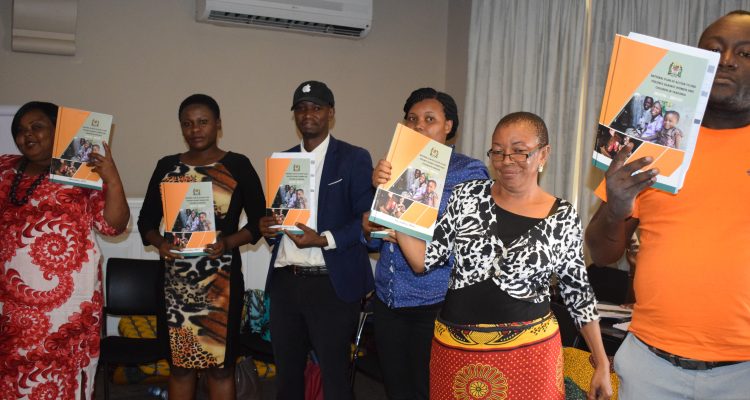
Celebrating Women’s Rights Movement in Tanzania
The session was to Celebrating Women’s Rights Movement in Tanzania. The modality was to have working retreat where all the stakeholders involved in organizing the 16 days of activism would reflect and rejuvenate. The other objectives included; capacity building and evaluation of the 16 days of activism.
The key participants[1] were; 1) WiLDAF members who are CSOs for instance in the Lake Zone and Central zone, 2) Government representatives from the Ministry of Health, Community Development, Gender, Children and Elderly, 3) Police Gender and Children Desk (PGCD), 4)Media, 5) Legal aid providers (LAPs) and paralegals, 6)international Non-Governmental organizations such as Oxfam and 7)Development Partner representatives such as Irish Aid.
The National Coordinator of WiLDAF, Anna Kulaya shared a presentation on VAW.[1] The presentation included the common forms of violence, drivers of violence, causes and consequences of violence and male involvement in reducing VAW.
The highlights of the presentation were as follows;
Common types of violence
Violence affects girls and women of every age and stage of life. For instance, fistula affects women and girls but within the lake zone women and girls suffering from fistula
- were killed in the past. The people living with disabilities were also discriminated and in childhood children would be told to spit if they saw a disabled person. There was also a belief that albinos would never die and they just disappeared yet it was not true and some of them used to be buried at night or in a room within the house.
- Intimate partner violence (IPV) is a common form of violence, for instance a boyfriend beating his girlfriend. IPV involves people that we love yet they hurt us through violence.
- The magnitude of violence is high at global, regional and national level.
- Sexual violence still occurs in our communities. In the neighboring countries such as Congo, a designer created a dress made of condoms so as to create awareness on the use of condoms. Sex is considered a taboo issue but sexual violence is still prevalent for instance in Tanzania 1 in 4 girls has experienced sexual violence.
The drivers of violence include;
- Power/authority and power imbalance.
- Factors which increase the risk of violence include alcohol and attitude.
Anecdote: There was a woman who was beaten by her husband every day when he would come home drunk. The woman was advised to beat her husband. She beat him so severely that she broke his arm. He stopped beating her ever since that incident. However, this is not a good strategy or lesson.
Why does VAW happen?
Incidents of VAW are attributed to the following causes;
- Social norms: How do we raise our children? VAW depends on how we bring up our children.
- Environment has changed.
Participants perspectives on consequences and causes of VAW;
- ‘Jarida la Wanawake’ is a program aired on ITV with support of Oxfam. The program shows how women experience VAW. There are some discriminative practices based on the tribe for instance the treatment of baby boys and baby girls. In some tribes a baby girl is brought into the house with feet first and a baby boy with the head first signifying that a baby girl will leave the home but a baby boy will stay in the home.
- Other causes of VAW are related to how we raise up our children for instance boys are given toy pistols and girls are given toys for cooking.
- Men have abandoned their responsibilities to women and neglected their families. Some men have resorted to sports betting and women have debts in their credit groups so some men and women use the money which was supposed to be for basic needs in the home.
How are men involved in reducing VAW?
Men are involved in reducing VAW through the following ways;
- Men are very important in bringing about gender equality. During 16 days of activism, all activists including men met and planned on steps to take to bring about gender equality in the whole world (A world with gender equality).
- Within the community men and women are not equal. Women experience unplanned pregnancy and fail to plan spacing of children and some women are exposed to sexually transmitted diseases.
- Men have a role to bring about equality;
- In the system of raising and bring up children, men are given a higher position and the majority of policy makers are men.
- At the right time, the community and women activists have noted the importance of involving men as partners. If men are not involved we will never have equality.
- Men are survivors of violence and men have joined women as activists against violence.
- Men are change agents and they are perceived as leaders hence they can bring about change.
- Male champions can be used to bring about gender equality.
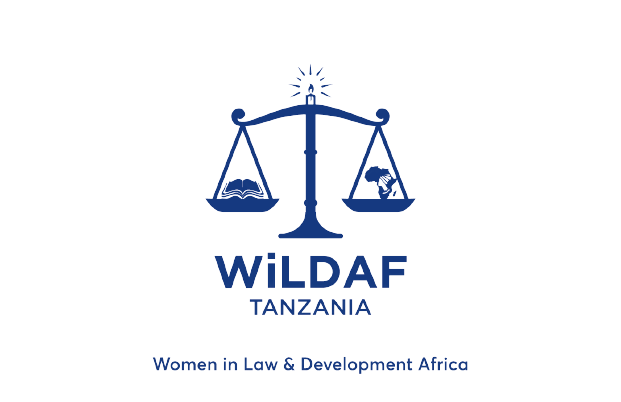
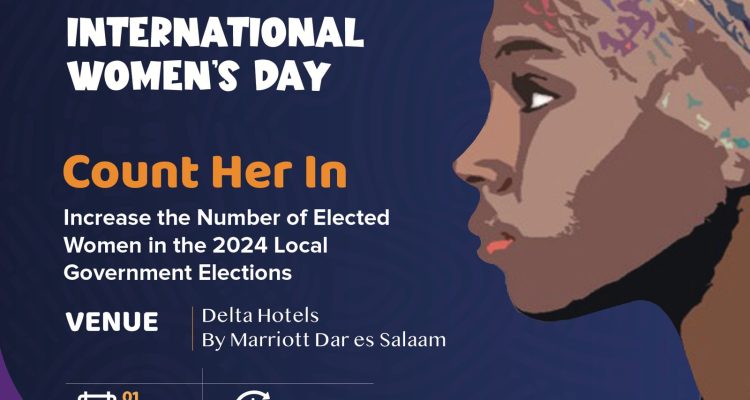
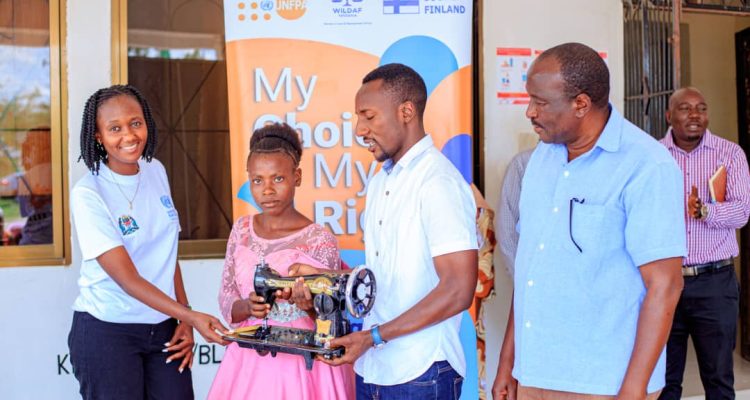
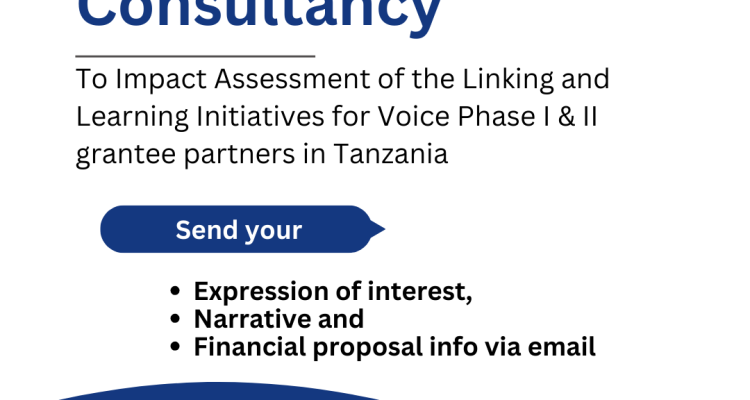
This Post Has 0 Comments